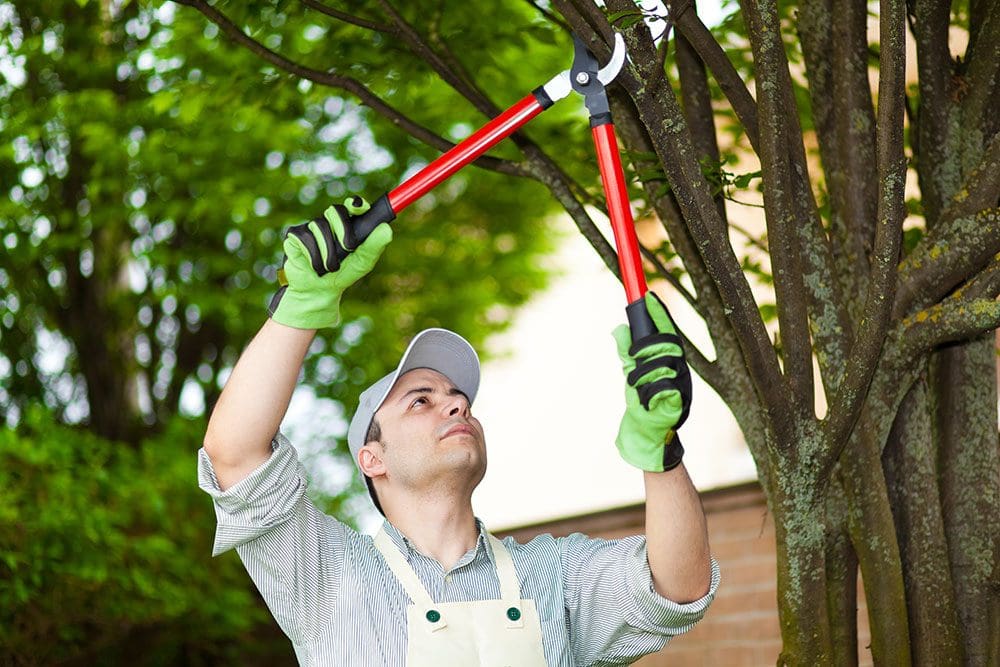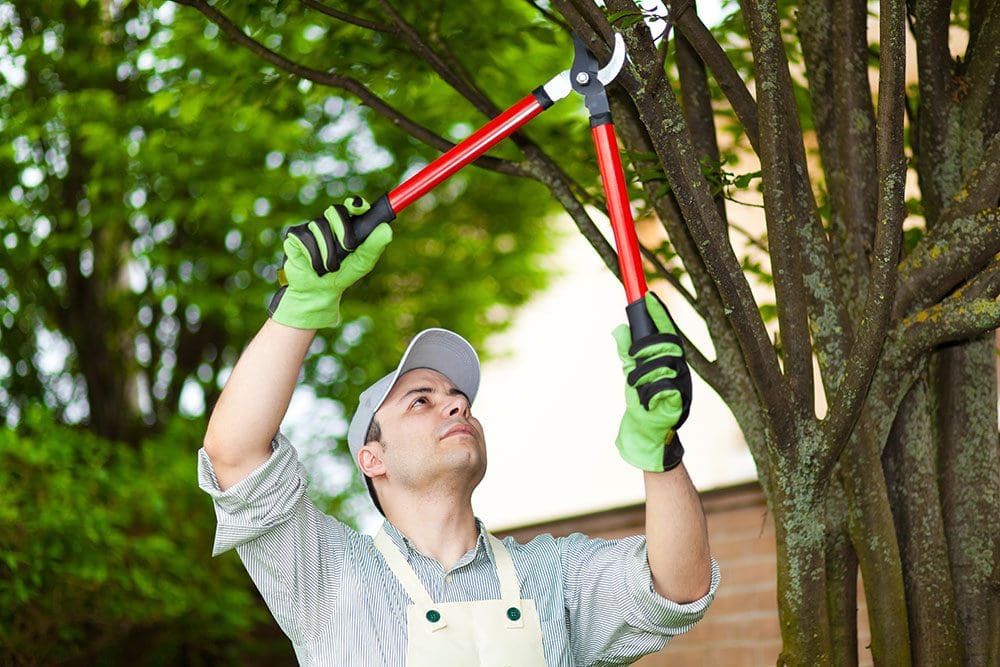Tree Trimming
Enhancing Soil Quality for Optimal Tree Growth


As a passionate tree enthusiast, I have discovered that the key to optimal tree growth lies in enhancing soil quality. Just like a nourishing foundation for a strong community, healthy soil provides the necessary nutrients and support for trees to thrive.
In this article, we will explore the importance of soil nutrients, types of soil amendments, soil testing and analysis, implementing organic matter, and maintaining soil moisture.
Let’s delve into the world of soil science to unlock the secrets of vibrant tree growth.
Importance of Soil Nutrients
I believe that soil nutrients play a crucial role in promoting optimal tree growth. Trees rely on a variety of essential nutrients to thrive, and the availability of these nutrients in the soil directly affects their overall health and productivity.
Nutrients such as nitrogen, phosphorus, and potassium are vital for tree growth, as they’re involved in key physiological processes like photosynthesis, root development, and fruit production. Additionally, important micronutrients like iron, zinc, and manganese are necessary for proper enzyme function and overall tree vigor.
The presence of adequate soil nutrients ensures that trees have the necessary resources to withstand environmental stressors and resist diseases. Understanding the importance of soil nutrients is fundamental in providing the best conditions for tree growth and longevity.


Transitioning into the subsequent section about ‘types of soil amendments’, it’s crucial to explore different methods of enriching soil with these essential nutrients.
Types of Soil Amendments
To improve soil quality for optimal tree growth, I’ll explore various types of soil amendments. Soil amendments are materials added to the soil to enhance its physical or chemical properties.
One type of amendment is organic matter, such as compost or manure, which improves soil structure, water-holding capacity, and nutrient availability.
Another type is lime, which adjusts soil pH levels and reduces acidity.
Additionally, gypsum can be used to improve soil structure and drainage in clay soils.
Inorganic amendments like perlite or vermiculite are commonly used to improve soil aeration and water drainage.
Each type of amendment has specific benefits and should be chosen based on the specific needs of the soil and tree species.


Now that we’ve explored the different types of soil amendments, let’s move on to the next step: soil testing and analysis.
Soil Testing and Analysis
Continuing the exploration of soil amendments, a crucial step in enhancing soil quality for optimal tree growth is soil testing and analysis. Soil testing provides valuable information about the nutrient content, pH levels, and overall health of the soil. This analysis helps determine the specific needs of the soil and guides the selection and application of appropriate amendments.
The process of soil testing involves collecting soil samples from various locations within the planting area. These samples are then sent to a laboratory for analysis. The laboratory conducts tests to measure the levels of essential nutrients such as nitrogen, phosphorus, and potassium. Additionally, soil pH and organic matter content are assessed.
The results of the soil analysis provide a comprehensive understanding of the soil’s current condition and its capacity to support tree growth. This information allows for targeted amendments to be made, ensuring that the soil is optimized to meet the specific requirements of the trees.
Implementing Organic Matter
To improve soil quality for optimal tree growth, it’s essential to incorporate organic matter into the soil. Organic matter refers to the decomposed remains of plants, animals, and microorganisms, and it plays a vital role in enhancing soil structure, nutrient availability, and water-holding capacity.
When organic matter is added to the soil, it acts as a source of nutrients, supplying essential elements like nitrogen, phosphorus, and potassium to the trees. Additionally, it improves soil structure by increasing aggregation, which enhances root penetration and nutrient uptake.
Organic matter also enhances the soil’s water-holding capacity, allowing for better moisture retention and reducing the risk of drought stress for trees. Therefore, incorporating organic matter into the soil is crucial for creating an environment that promotes optimal tree growth and development.


Moving forward, it’s important to address the next aspect of soil management: maintaining soil moisture.
Maintaining Soil Moisture
I will maintain soil moisture by regularly watering the trees. Adequate soil moisture is crucial for optimal tree growth and development.
Water is essential for nutrient uptake, photosynthesis, and transpiration. To maintain soil moisture, it’s important to consider factors such as soil type, tree species, and environmental conditions.
Watering should be done at the base of the tree, ensuring that the water penetrates the root zone. The frequency and amount of water applied should be adjusted based on the tree’s water requirements and weather conditions.
Monitoring soil moisture levels using a moisture meter can help determine when watering is necessary. Mulching around the base of the tree can also help conserve soil moisture by reducing evaporation.


Hello there! I’m Logan Foster, the green-thumbed social media marketer behind the vibrant world of 1800TreeGuy.com. With roots firmly planted in arboriculture, I’ve branched out to help clients cultivate their dream outdoor spaces, one leafy canopy at a time. My knack for nurturing nature is more than a profession—it’s a way of life.
When I’m not talking trees and teaching the art of arboreal care, you can find me cheering on the Bulldogs—my alma mater’s pride and my forever team. My environmental studies there didn’t just teach me about ecosystems; they instilled a lifelong passion for protecting our planet.
Off the clock, I’m an adventurer at heart. Whether it’s trekking the Appalachian trails, pedaling down a mountain path, or crafting guides to share the wonders of the wild, I’m happiest with soil under my nails and the sun on my face. And let’s not forget Yoda, my pug sidekick. He may not have mastered the art of stillness, but his joyful grins are my daily dose of happiness.
I’m all about making connections—between people and the great outdoors and between my clients and their ideal landscape visions. My approach is personal; every tree has a story, and every garden reflects its caretaker.
If you want to green your scene or share in my outdoor escapades, give me a shout on Instagram or Facebook. Let’s cultivate a conversation and grow a community rooted in a love for the lush life.







